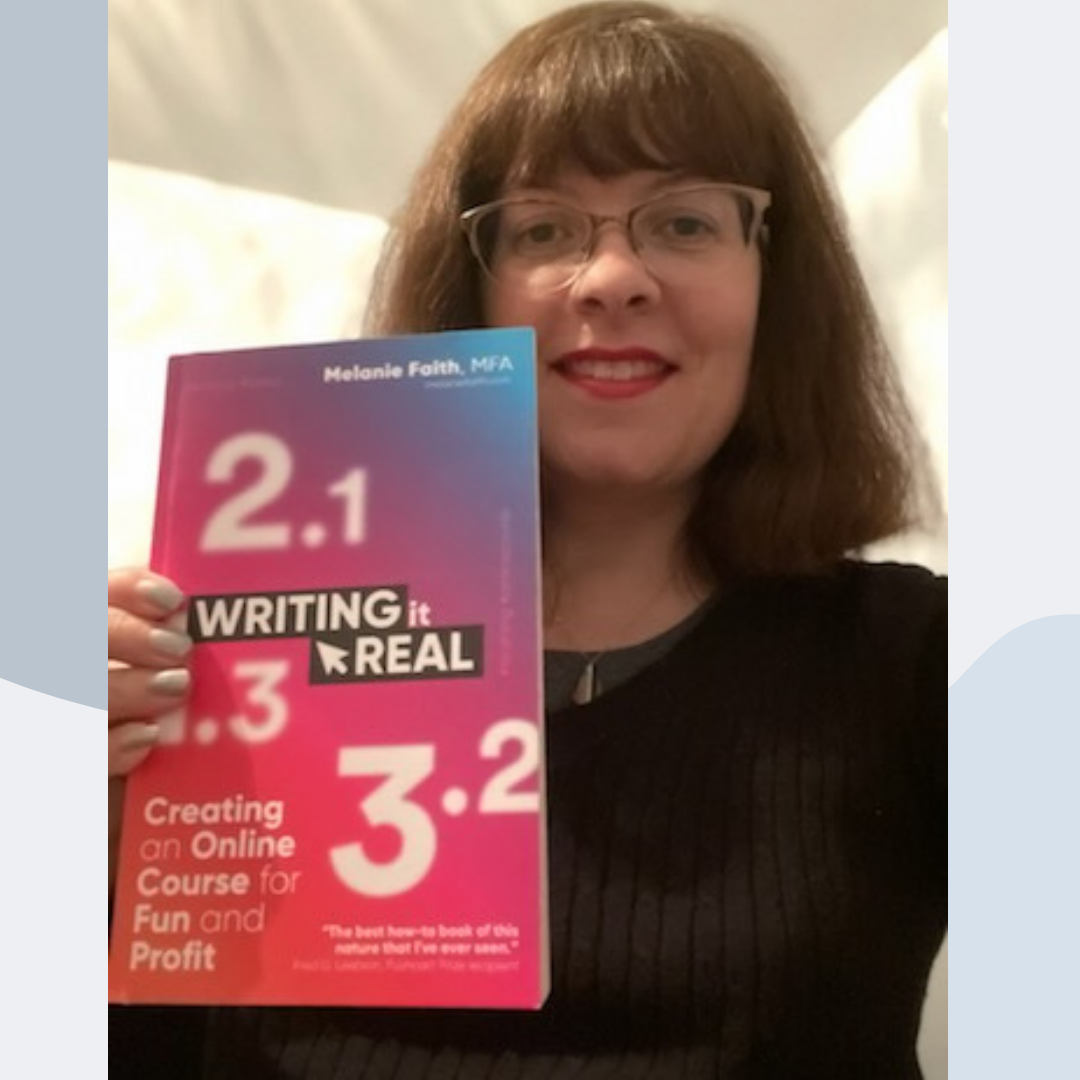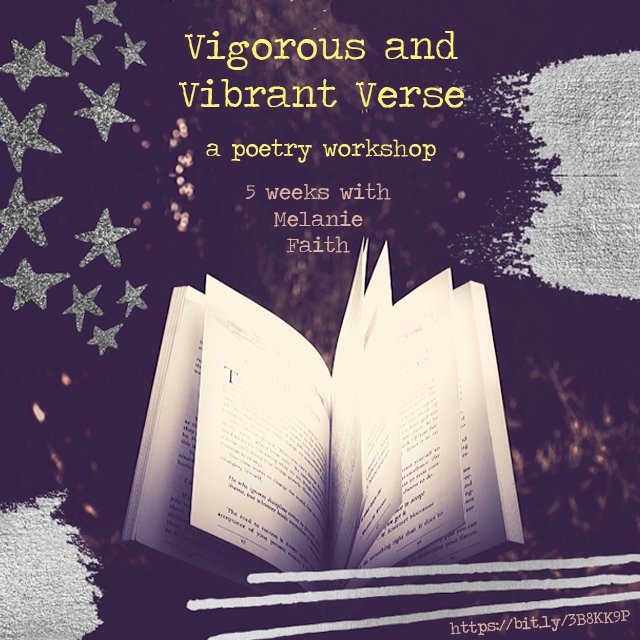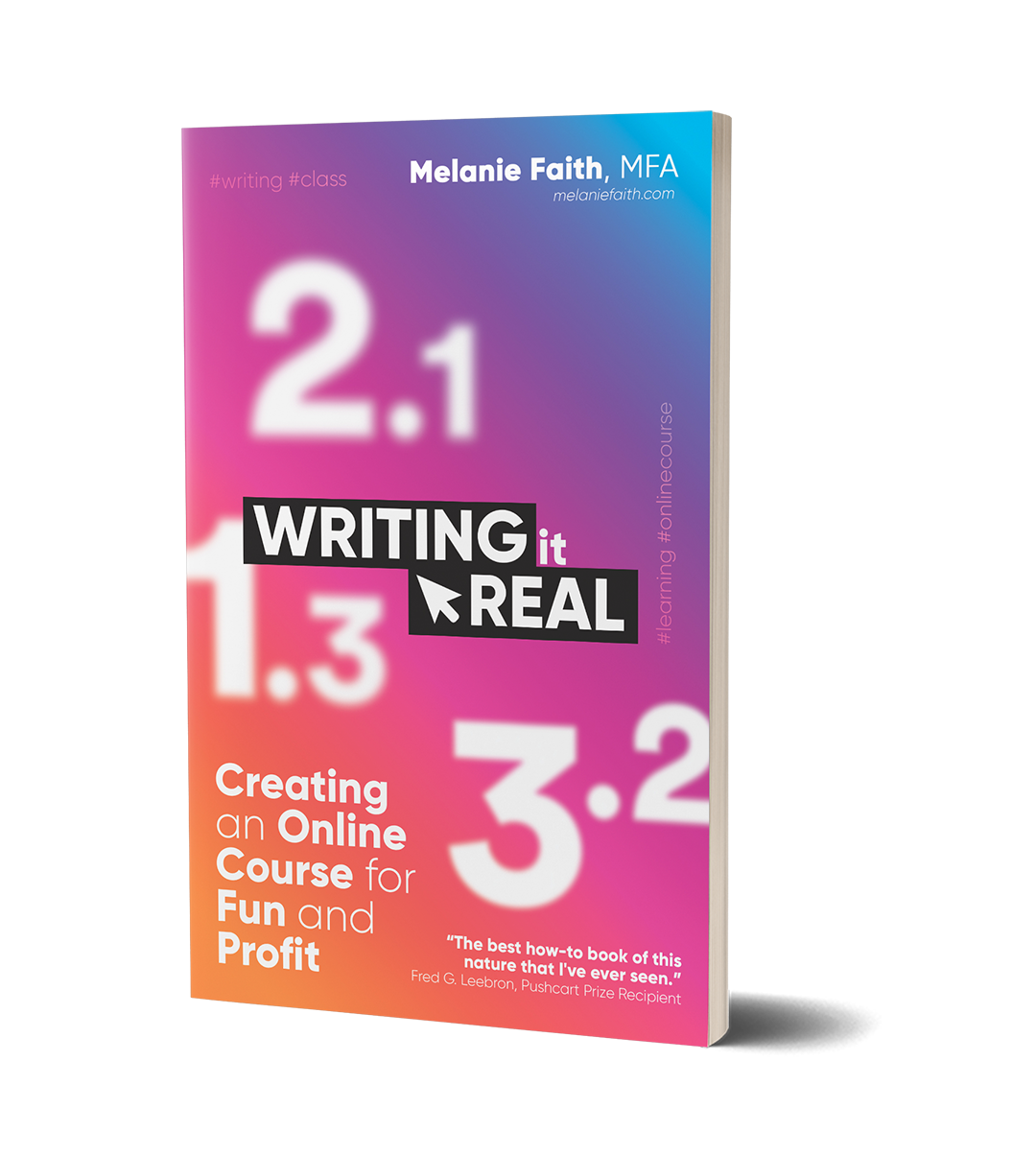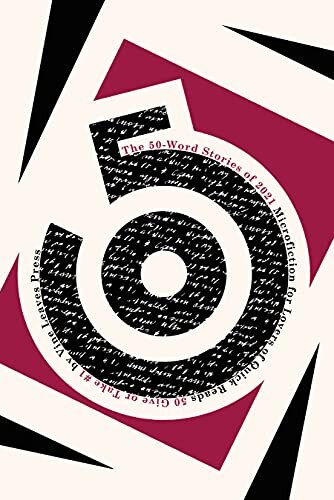NaNoWriMo Day 8: Reflections So Far 📝
Just popping by for a quick update about my first week of National Novel Writing Month. Here’s the scoop and the skinny on my progress. On this sunny November day, I feel like a bulleted list, so I think I shall. [Razzle-dazzle formatting, 🧚♀️done! ] Proceed:
I’m working on draft 2 of a novel about two sculptors that I finished a first draft of in September and purposely didn’t look at again since. I like to let first drafts marinate a few weeks while I work on other projects, so that when it’s time to edit I see what’s really there and not what I think is there. #writerproblems #tookabreaknomistake
Instead of writing new content this time, I edit a little each day. No certain word count each day. Unlike a traditional NaNoWriMo and yet in the spirit of NaNoWriMo’s creative marathon, I’m going rogue and savoring the process as it evolves each day. #keepingitcopacetic
I’m not writing at a particular time of morning, afternoon, or night. Each day has been different, but each day I’ve been both pleased with some dialogue and character insights as well as (on some other pages) frustrated by clunky first-draft stuff I’d forgotten about in my draft. #plotholesIgotem #charactersmademelaughandcrythough
One day last week, I edited three chapters around 11 pm-1 am. That was my longest writing day. Later that week, I had a four-sentence editing day one afternoon for about twenty minutes, aka: my shortest day. Most days, I averaged 2 or 3 pages in 45 minutes or so of the early evening. It’s ALL good and motivates me through the second draft, bit by bit.
Yesterday, I edited around 8 pages in a chapter where my protagonist finally has her own studio. #virginiawoolfvibes #aroomofherown For the first time in a week, I found myself adding two or three pages to a scene, rather than focusing on trimming. Both are needed and will happen in drafts 3, 4, etc., but it was refreshing to tie a bow on the first week by being so back into the characters’ POVs that new ideas were percolating again. #writergoals 🌻
Supporting my fellow intrepid and awesome NaNoWriMo 2021 authors! How’s it going? What projects are you working on? I want the tea. Merci beaucoup, and write on! ☕📝
Photo Courtesy of Daniele Levis Pelusi on Unsplash.com .
Insight into Developmental Editing, Part Two 📝☕
As an editor, it’s incredibly fulfilling to work with fellow writers as they sculpt their awesome novels and prepare for publication.
This year, I’ve had the complete joy to work with Ian Rogers of But I Also Have a Day Job and TRAM on his debut novel that drops in April 2022 (Vine Leaves Press). MFA Thesis Novel will leave you entertained, laughing, and thinking deeply about your own life’s path long after you’ve savored the final page.
Wonder what it’s like to work with a developmental editor? Ponder no longer! Ian does a stellar job exploring what developmental editing entails, what it’s like to communicate about your vision for your book with a developmental editor, and how authors and editors can bond over shared goals on behalf of making fabulous books.
Here’s the second (and latest) post about Ian’s developmental editing experience: ta-da! Be sure to check out his first post about developmental editing from June .
Also, make sure to check back on Ian’s site for wonderful reflections and interviews with working writers and at Vine Leaves Press to reserve and order your copy of MFA Thesis Novel in early 2022 as well as to peruse and purchase the many amazing Vine Leaves selections available.
Here’s to writers making it happen and bringing meaningful literature into the world! 📚🌟
"3 Techniques to Write More Vibrant Poetry"
Thrilled that my craft article was published today at Women on Writing! 💗 In the market for an online poetry course that starts in November? Check out my class here. Read on for the article:
3 Techniques to Write More Vibrant Poetry
By: Melanie Faith
Whether we want to write free-verse or a sonnet, a haiku, or a prose poem, some key elements are universal in poetry: vivid imagery and precision of diction choices are two widely agreed-upon qualities of successful poems. The following are three less talked-about techniques that are every bit as vital that could take your verse to an exciting new level.
Everyday is A-Okay: Sometimes, we get the impression poems have to be about monumental subjects or events. Not always so. While there certainly are classic poems to commemorate the big-day events in life, such as high-school graduation or joining the military or marriage or the birth of a child, there are myriad more poems about small observations and tiny moments that, without art, a person could easily move past without reflection.
In fact, the reflections and observations that occur about ordinary topics can, indeed, be extraordinary for readers. I’m reading a collection of poems this week where dates are the titles of each work. In some of the poems, the poet describes people and events of the day literally. In others, the speaker of the poem is obviously someone different than the author or the author combines time periods.
Something authentic and tangible that we observe from our day might spark a poem and then the poem could veer in an imaginative way that surprises and combines fact with fiction—also totally acceptable and, in many casing, inspiring ground for creating poems.
Open your poem with an image grounded in real-life, but stay open to associative leaps that serve the poem, too.
Empty Some Space: Poetry is a compressed art. When I first started to write poetry, as a fiction writer, my tendency was to write long lines (almost margin to margin) crammed with details. I also rarely included stanza breaks.
One day, in graduate school, a favorite professor took one of my poems and, in his critique, marked several places where empty space (sometimes called “white space”) would improve the poem. Mind blown! When I retyped my poem, incorporating the blank spaces, I immediately saw how the focus was stronger on each image and indeed each line and stanza break as well.
Then, I did another round of emptying space: I looked for unnecessary prepositional phrases, words that were vague or place-fillers, and other ways to focus my language even more. The more I refined by taking away from the page as I edited, the more the theme cohered and strengthened.
Both ways of compressing poetry—including more stanzas or new stanza or line breaks to highlight certain key images or words as well as editing out cluttering or vague phrases—can go a long way to bringing resonance to your poems.
Dialogue it up! One literary technique I don’t see often enough in poems is dialogue. While prose frequently incorporates conversations, quotations, or the inner thoughts of characters or speakers, poetry infrequently does.
There are many styles of poetry that even just a line of dialogue could help to set place/setting, time period/era, tone, characterization of the speaker or character, as well as the theme. Narrative and prose poems particularly work well for integrating dialogue, but no need to stop with these formats.
Sonnets could include dialogue or a quoted phrase or inner thoughts of the speaker, for example. Or, a line of spoken or internal thought could become the title of a haiku, tanka, or other style of poem that sets up the body of the poem’s theme or conflict. Or a famous quote could be used as an epigraph to launch into your topic’s theme.
Many types of poems could benefit from dialogue, from lyric poetry and ekphrastic work (such as a line from a song or quote from an online show or another art form) to formal styles, like villanelles (where a repeated question or thought could work wondrously). The sky’s the limit!
Try this prompt: For 3 days, write down three things that happen in your daily life or 3 things you observe about your day, such as an image or an overheard piece of conversation in passing. At the end of the 3 days, pick one of the observations from your list and write a first draft of a poem from this real-life impetus. If the poem veers off of “what actually happened” or if a new image arrives, wonderful and go with it!
Cover Reveal Time! 📚🥳
Super excited to share the covers of my next two forthcoming books for authors from my new Writing It Real Series (dropping in February and April 2022 respectively at amazing Vine Leaves Press): ta-da!
This gorgeous art was created by my super talented cover designer, writer, and publisher, Jessica Bell. She always delivers covers that take my breath away and surpass my hopes. If you self-publish and/or are in the market for cover art for your next project, I’d heartily recommend her work; contact information and more stellar covers: here and here.
Check out Jessica’s wonderful books here and here and other riveting reads by Vine Leaves Press authors here.
"Ekphrastic Magic" Exhibition at Revela'T Analog Photography Festival 📄🖊📸
Super excited to have poetry in the awesome collaborative "Ekphrastic Magic" photo-poetry project curated by the fabulous @amyjasek @filmshooterscollective in the international Revela'T Analog Photography Festival, currently running in Barcelona! Check out the festival website for excerpts of the excellent work in the "Ekphrastic Magic" exhibit as well as a listing of other fine photographers/photographic exhibits now on view in Spain and on their Instagram @revelatfestival .
More details about the exhibit: “The Film Shooters Collective is proud to present ‘Ekphrastic Magic’: an interdisciplinary project bringing together thirty FSC members and thirty writers. In it / Ekphrastic Magic, the private world of the photographer becomes the solitary walk of a poet, and together they create a new, unique universe, welcoming in the viewer to bring their own experiences to their personal interpretation of the work. The photographs range from 35mm and 120 film to instant film and even tintype; the images and words are as diverse as the artists who made them.”
To celebrate, I thought I'd post this film photo I took this summer on #kodak #kodakfilm with my #35mmfilm Canon camera. Can't resist glasses, violets, and reflections.
A Marvelous Microfiction Anthology 🤗📕
Thrilled to have my work included in this anthology of rad 50-word stories among so many awesome flash fictionists.
The book will officially drop in November by Vine Leaves Press @vine_leaves_press , with pre-ordering now at Amazon.
But this book for your writing, for your favorite writer, and/or for your fiction class or workshop--they'll love it and find inspiration for their own flashes.
Relaunch: Renewed! 30 Affirmation Cards
After redesigning the box of my Portable Muse Cards this summer, I crafted a new box for a second printing of my Renewed! 30 Affirmation Cards, too. They’re now up for sale at my Etsy and all set for great new homes. Ta-da!
Get your cards and more info at: WritePathProductions (my Etsy store).
Amazing Music: Friday, September 17th: Link 🎶🎼
So honored that several poems from my collection, This Passing Fever, will be set to music and sung during this amazing performance.
Please tune into the livestream next Friday, September 17th at 8:15 Eastern or 7:15 Central. The livestream link:
Recital Hall Webcast | Department of Music and Theatre (iastate.edu)
"15+ Creative Methods for Outlining Your Novel"
Thrilled that my article was published today at WOW! Here are some awesome ways to do creative prewriting for your novel that could be great fun to explore.
15+ Creative Methods for Outlining Your Novel
By: Melanie Faith
As a writer, my longer fiction and nonfiction projects have been aided by prewriting. Outlining has numerous benefits that range from organizing initial ideas (which tend to lead to further ideas, like rabbits from a hat) so that they are not a jumble floating (and too-soon forgotten) in the brain to saving time because the story has a natural narrative arc rather than disconnected passages or entire chapters that veer off plot or point.
Just as writing your novel is a creative process, your outlining can be a creative and whimsical process. Feel free to dabble with a few outlining methods and to mix-and-match your prewriting styles.
What could outlining your novel look like? Great news! There are oodles of formats for outlining. Outlines don’t have to be in the strict Roman-numeral format (unless you want them to be). An outline might be crafted in any of the following styles:
· a hand-drawn map of your story’s setting(s).
· a Pinterest or Facebook page or vision board you create of photographs and posts related to your protagonist or any other element of your narrative.
· a collage (physical or digital) of images or dialogue.
· a series of sketches or drawings for the first chapter. The sketches might be free-form, in storyboard form, or comics form, either hand-drawn or drawn using digital sketchpads/software.
· an audio or video clip—or several—that mirror the rising action(s) or tone of various scenes.
· a web of catch-phrases, dialogue, or verbal imagery related to your antagonist.
· a chart with webpage links related to your conflicts and rising actions.
· a color-coded chart of characters’ backstories.
· a list in a bullet journal.
· a free-write passage of dialogue between the protagonist and antagonist.
· photos that represent the protagonist’s inner thoughts or conflicts.
Outlining is flexible and can include as much or as few details as you’d like, and you can add to the outline as new or different ideas occur. It’s all a step in the right direction: seeing the big picture of your project.
More great news: you don’t have to plan every single element of a book before writing a single paragraph of the draft, although you could if you want to. Some of the best projects I’ve written (or read) began with enough planning for just a chapter or two at a time, if that. Sometimes, just a few short, scrawled sentence fragments about a character.
You can also outline after you’ve started some of your project, whether you’ve run into a snag or just want to plan for the next steps in your project.
A few more outlining ideas:
· You could color code or date material on an outline to keep track of when and how your outline evolves.
· You could outline on computer but also by hand (break out the highlighters, colored pens or pencils and markers, your favorite notebook, pieces of printer paper and stickers—whatever motivates you most).
· Sometimes, my students have purchased dry-erase boards and erasable markers and put them around their office for ease of planning and adjusting initial ideas.
· Other students have used giant sheets of brown-bag paper or butcher paper and permanent markers to chart their next narrative course.
Outlines should be specific enough to encourage a pull towards your manuscript but open-ended and with enough wiggle room that it can be expanded, adjusted, or edited at any part of the prewriting or first-drafting process. It’s perfectly fine to have all or part of an initial outline and then veer away from the outline in your writing. Or to adjust your outline as you go.
Just because it’s written on the outline, don’t force yourself to adhere to your plans if it’s slow-going or if a better idea shows up. The latter happens to me all of the time, especially mid-novel; I just re-plan my next plans when it happens and see where the new ideas take me. In all of my first outlines for my current WIP, my protagonist was on his way cross-country to attend a writer’s colony—until I got a few chapters in as I drafted and it hit me that a storm would prevent his arrival. Take two: a little regrouping, a free-write, and a new list of phrases in my writer’s notebook, and away I went in the direction of the new plot.
Nothing is set in stone, during or even after planning—and that should be encouraging.
Aim for making enough ground work to invigorate and flesh out your initial characterizations, settings, and plot, while remaining open to restructuring as you begin the writing process and as characters reveal more of their struggles and obstacles in the paths to reaching their goals.
View your prewriting as an exciting, ever-evolving map to where your novel likely might be headed, and enjoy the creativity of the prewriting and drafting processes as the pages of your story accumulate and ideas keep arriving.
Learn more via my online class, Outlining Your Novel with Ease, now taking sign-ups. Check out my fall/early winter online writing classes here.










